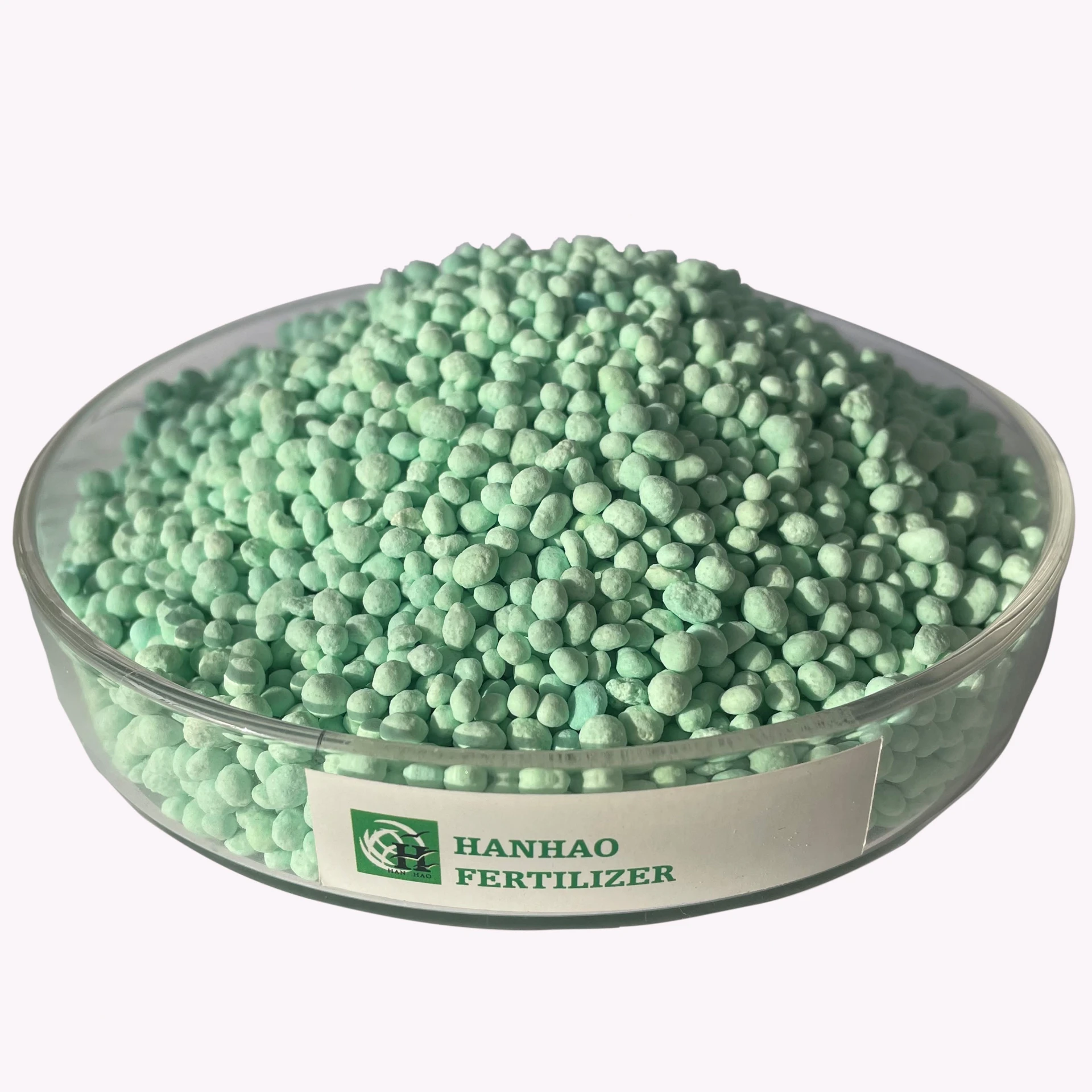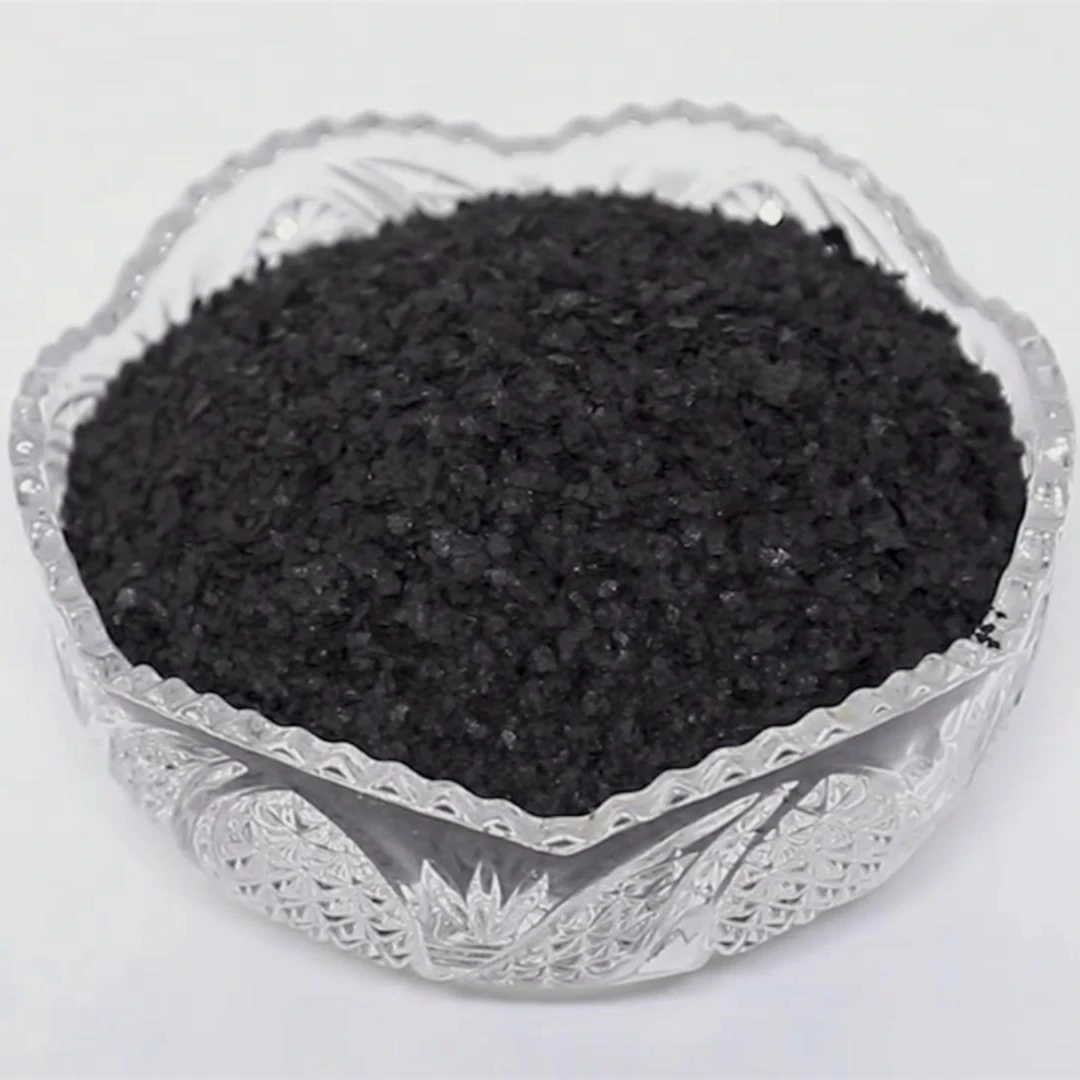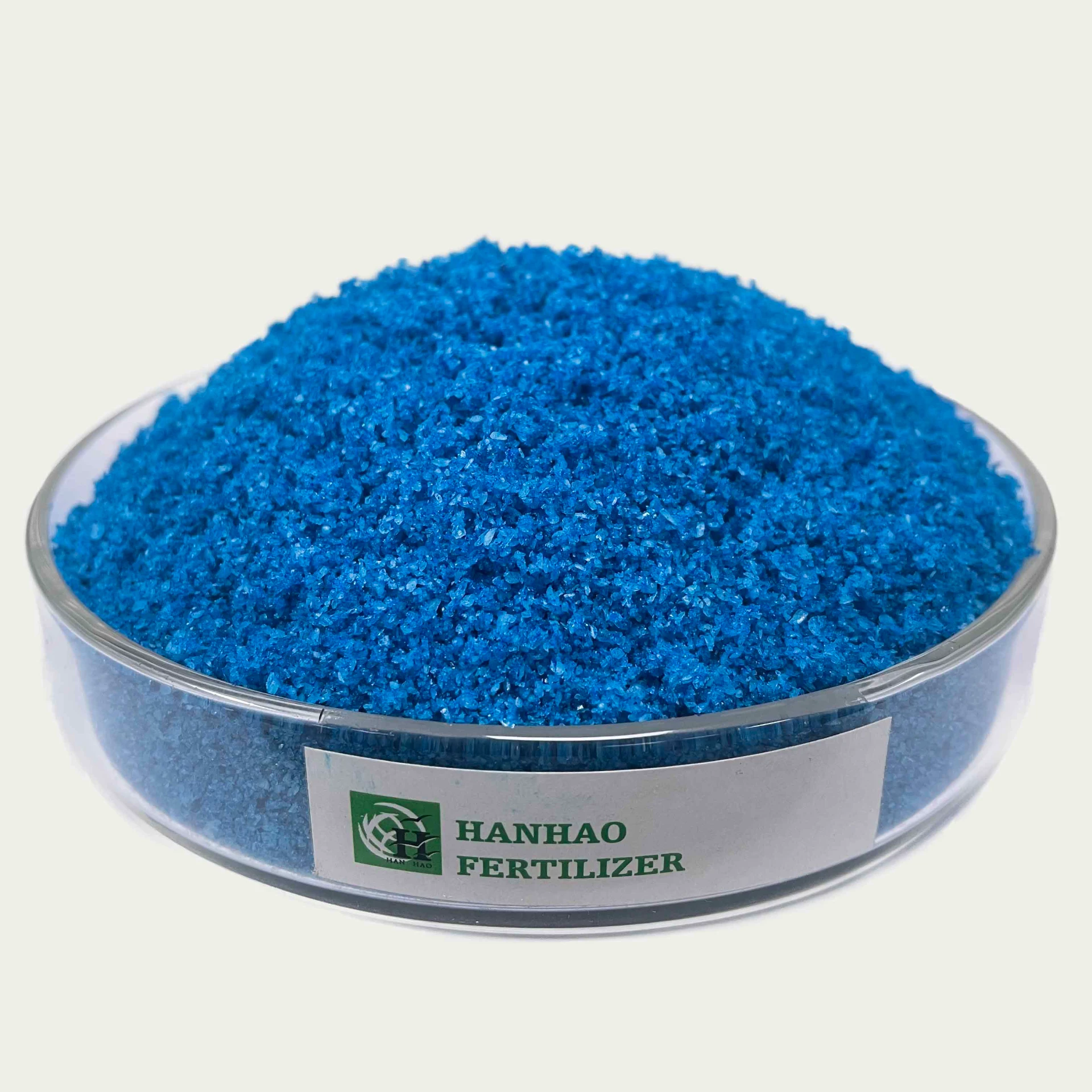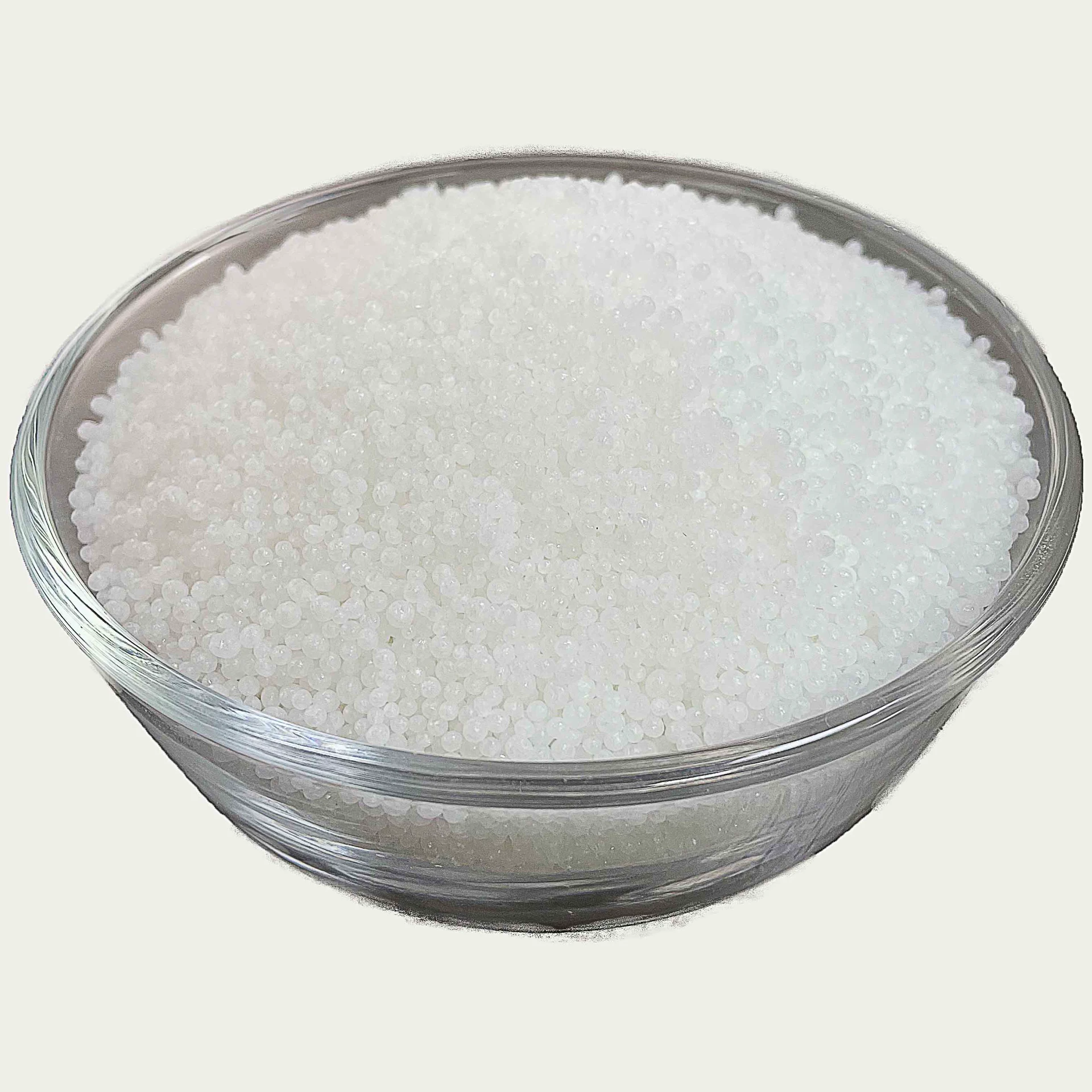Blog
-
The Benefits of Organic Fertilizer
Are you looking for an eco-friendly solution to enhance your garden or agricultural yields? Organic fertilizers are the perfect choice!Leer más -
Everything You Need to Know About Potash Fertilizer
When it comes to achieving lush, healthy crops, the right nutrients play a pivotal role.Leer más -

Top Quality Fertilizers From Trusted Experts
Looking for a reliable organic fertilizer company to enhance your soil and plant health? Our company is dedicated to providing high-quality organic fertilizers that boost growth while maintaining environmental sustainability.Leer más -

Optimize Your Garden with Superior Organic Fertilizers
Organic all purpose fertilizer is an excellent choice for gardeners seeking a versatile solution to enhance soil health and plant growth.Leer más -

Enhance Your Soil Health with Premium Organic Fertilizers
When looking for bulk organic fertilizer, you're choosing a sustainable and efficient solution for enhancing soil fertility on a large scale.Leer más -

Enhance Your Harvest with Premium Fertilizers
Discover the benefits of our top-quality agriculture NPK fertilizer designed to meet the diverse needs of your crops.Leer más -

Boost Your Crops with the Best Fertilizer
Are you searching for high nitrogen fertilizer for sale to enhance your crop yields? Our premium quality high nitrogen fertilizer provides the essential nutrients needed for optimal plant growth and vibrant, lush greenery.Leer más -

Boost Your Crop Yields with Premium Potash Fertilizers
Opting for bulk potash fertilizer is a smart choice for large-scale agricultural operations.Leer más -

The Future of Nitrogen Fertilizers: Green Alternatives and Bio-based Solutions
Nitrogen fertilizers have long been a cornerstone of modern agriculture, providing essential nutrients that are crucial for plant growth and crop yields.Leer más

